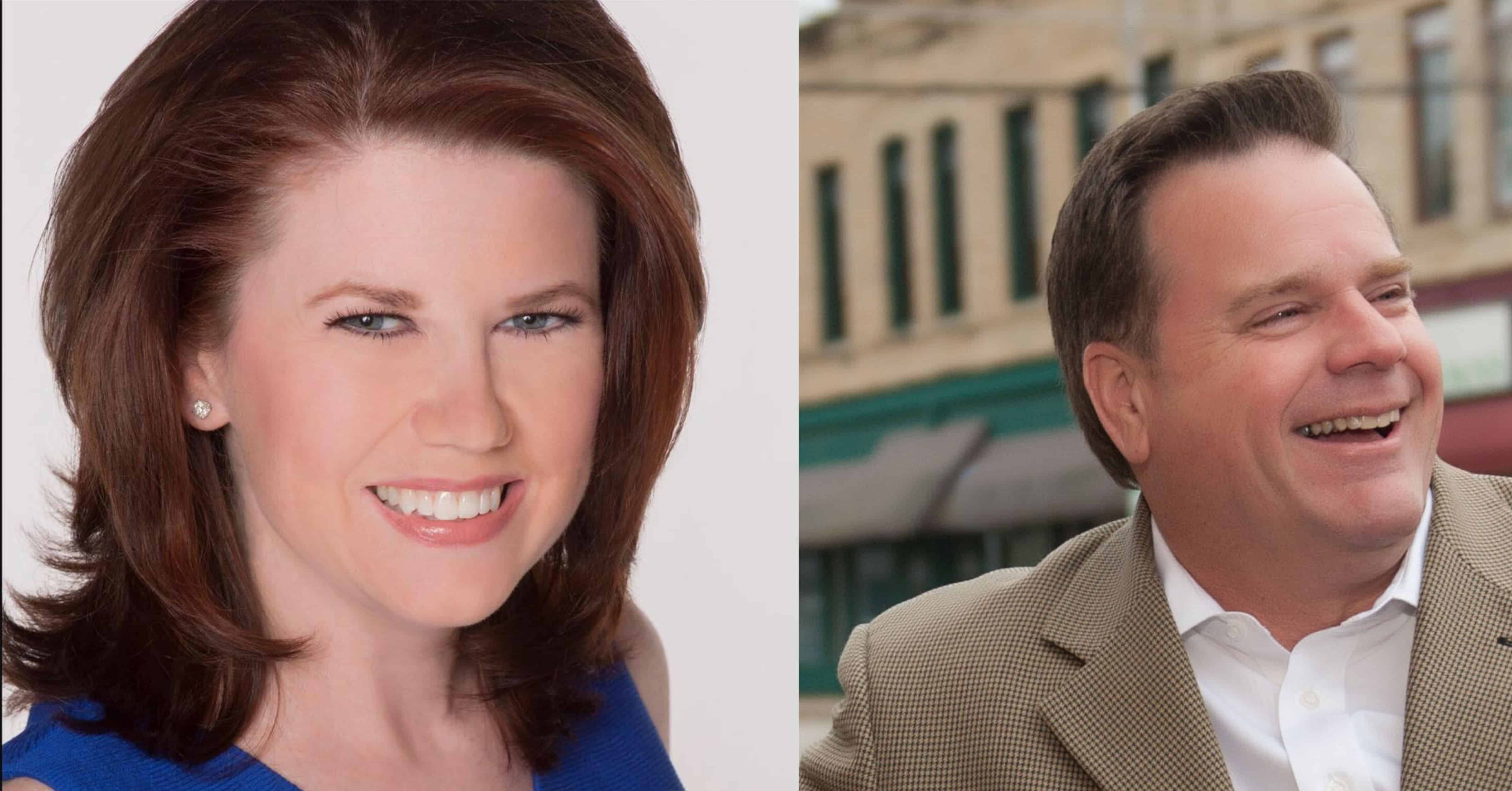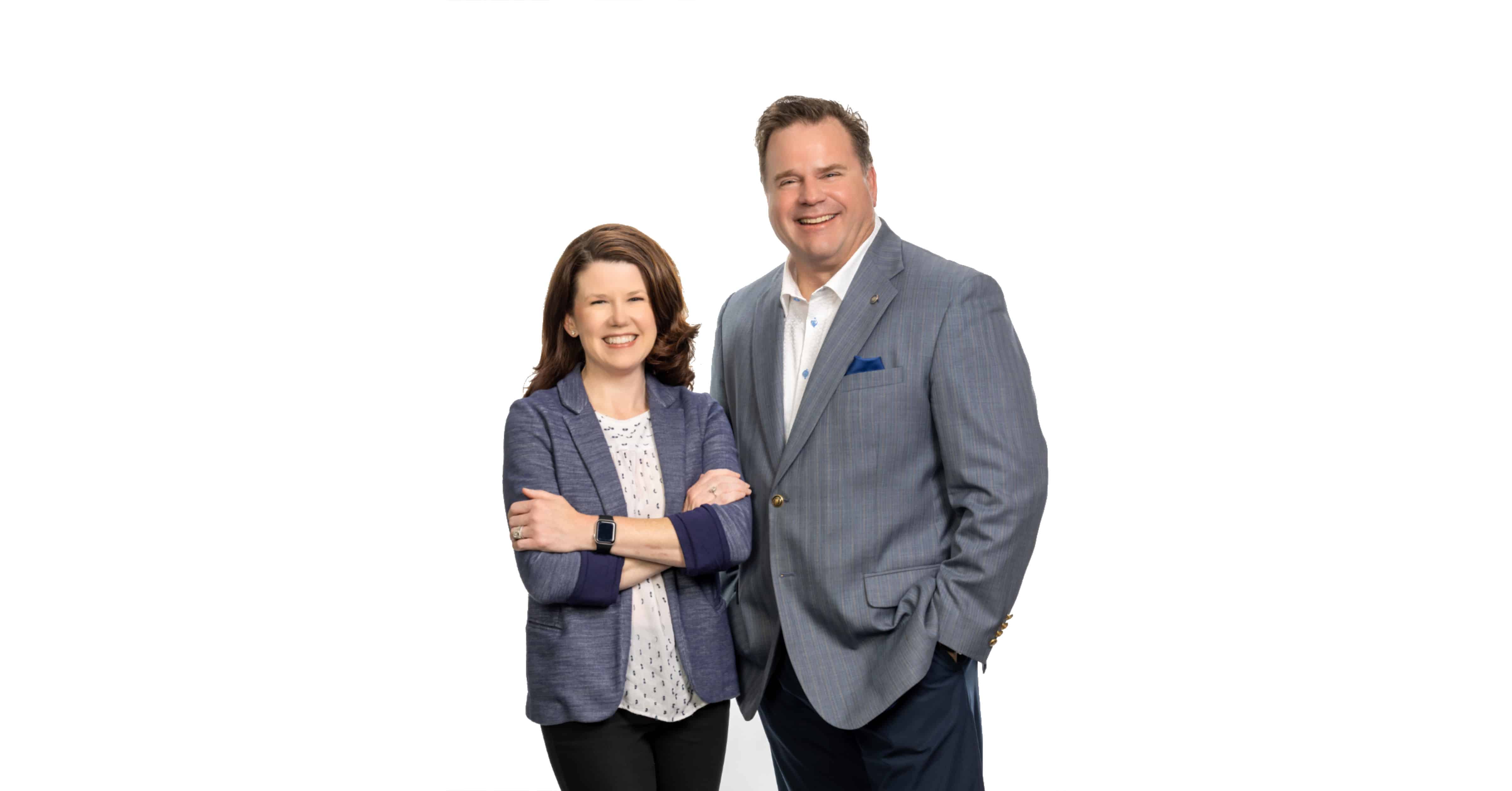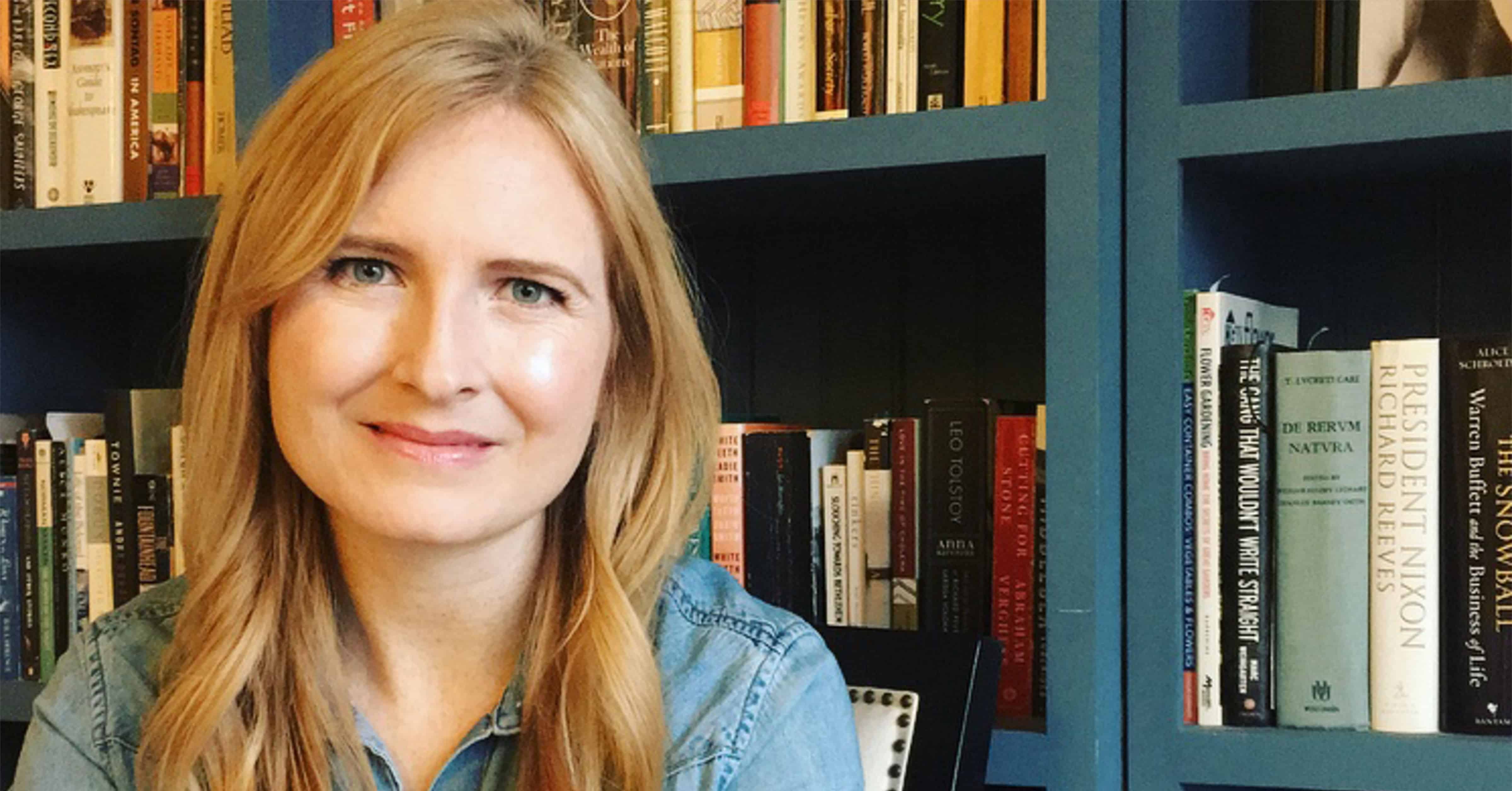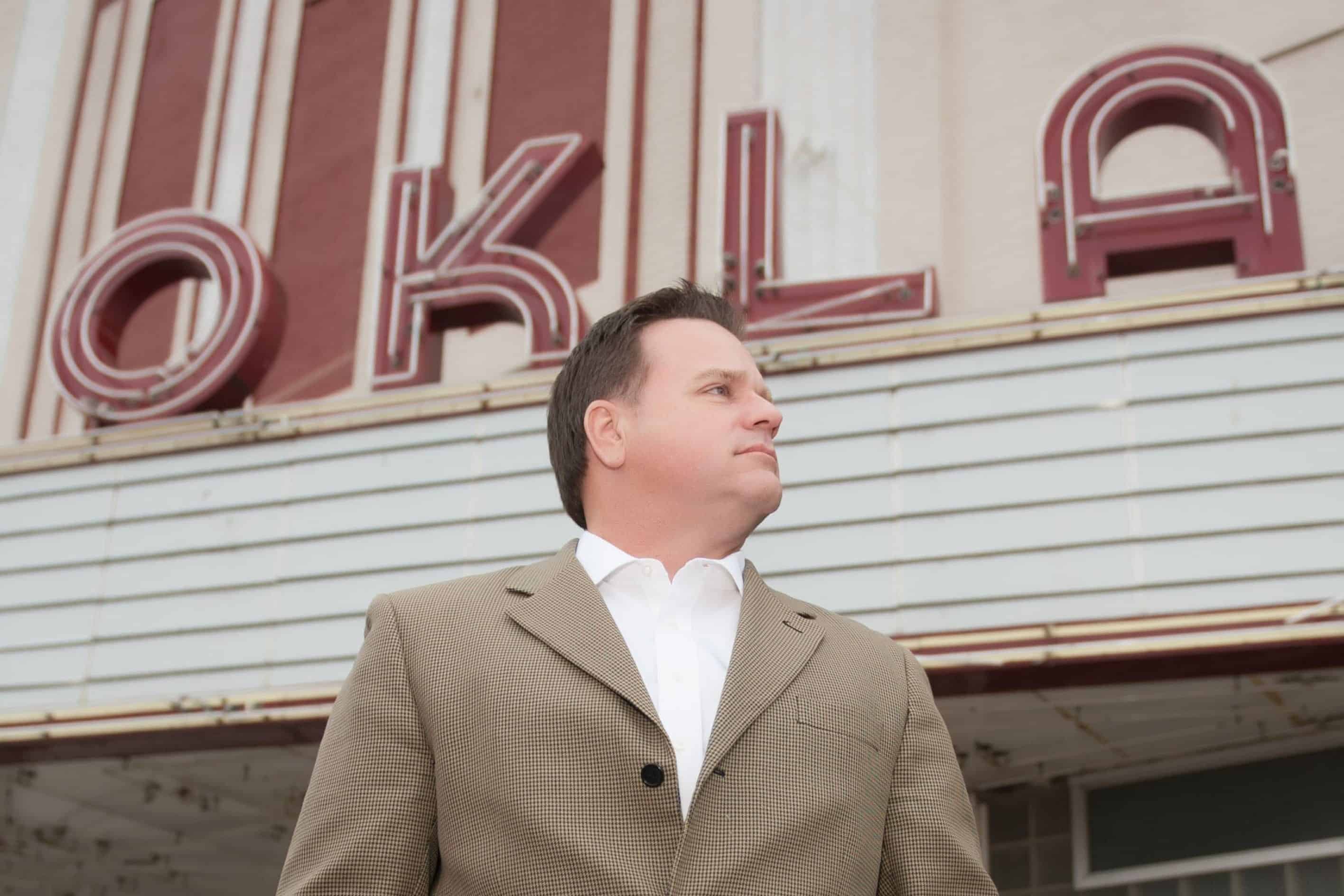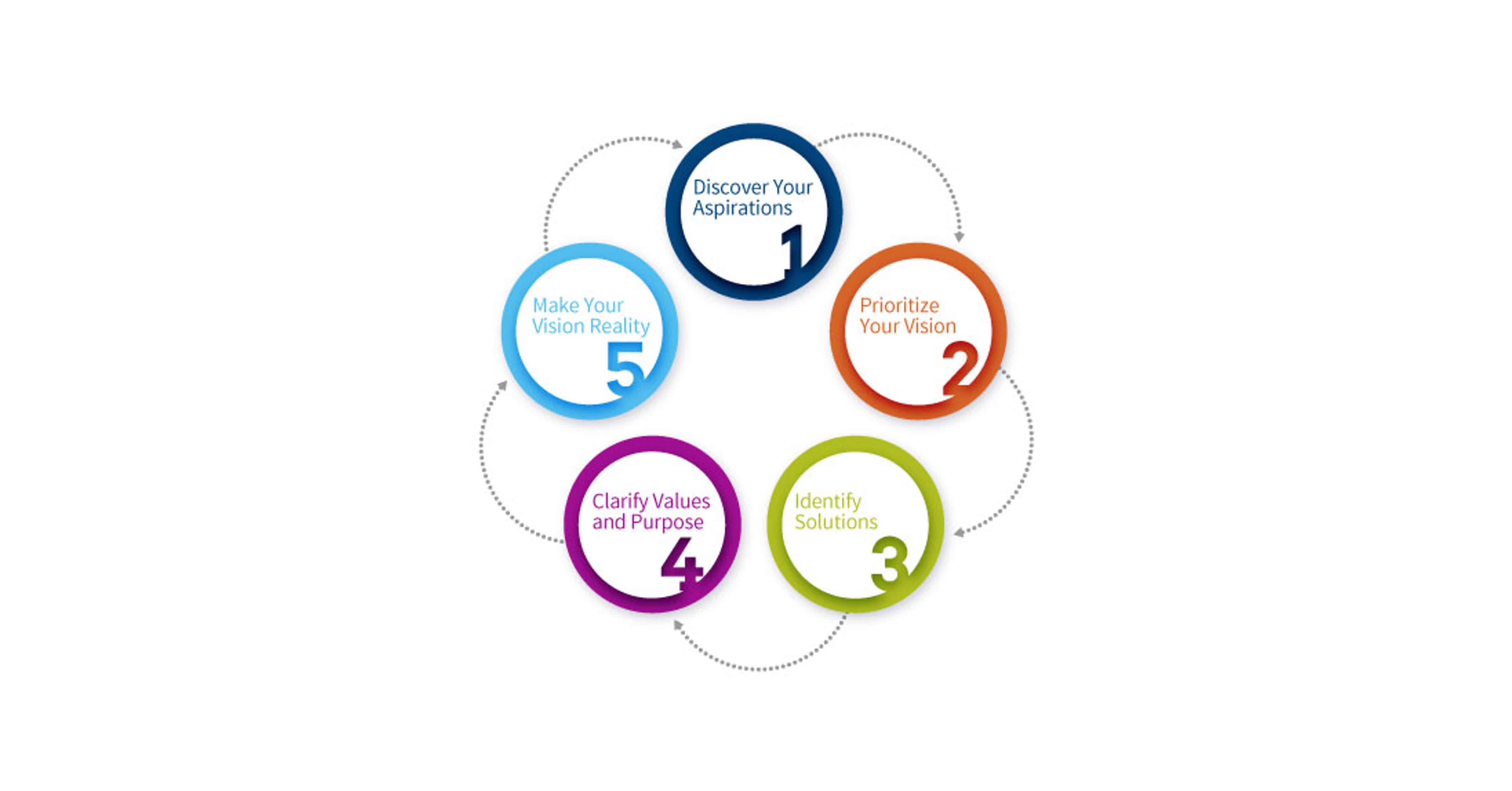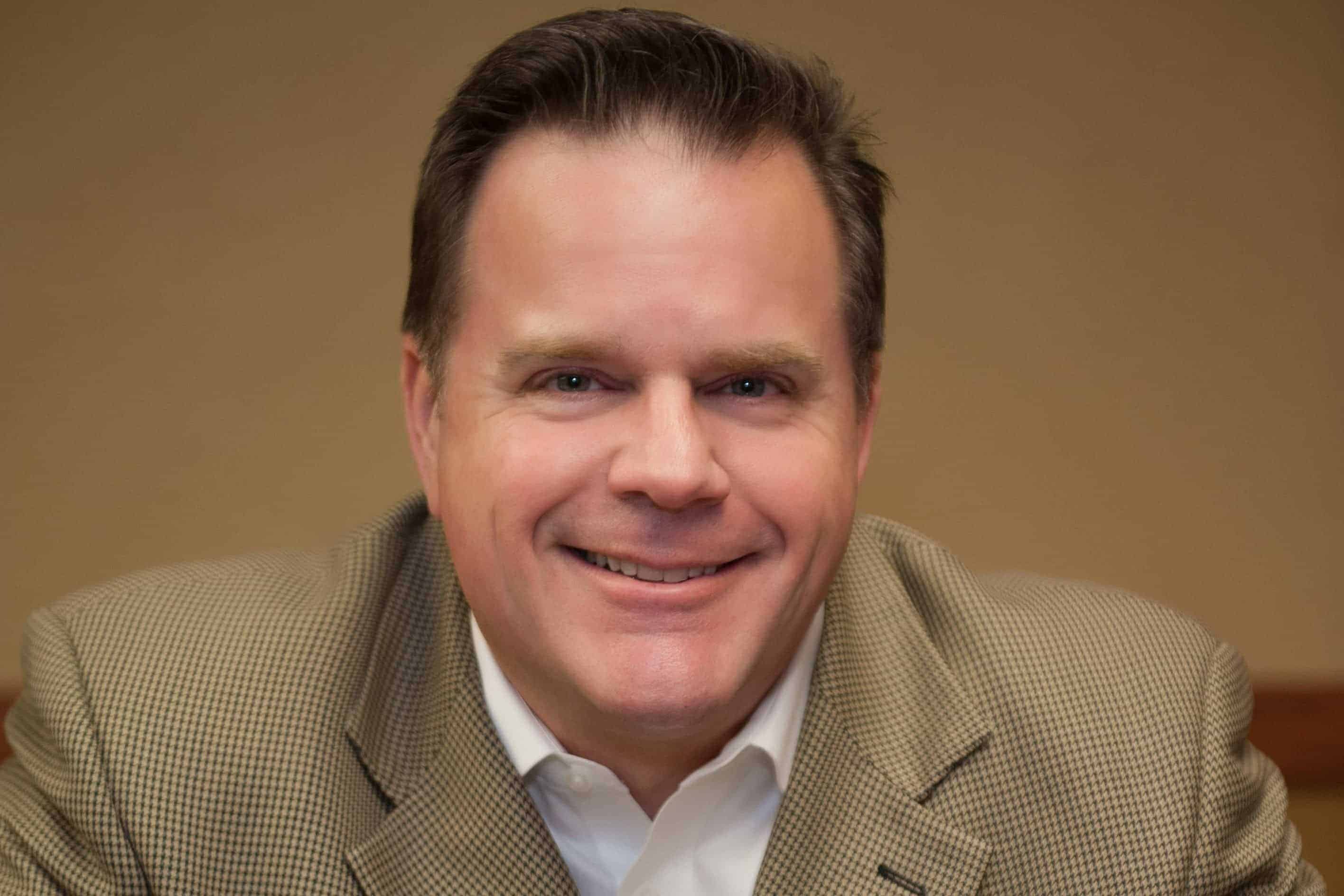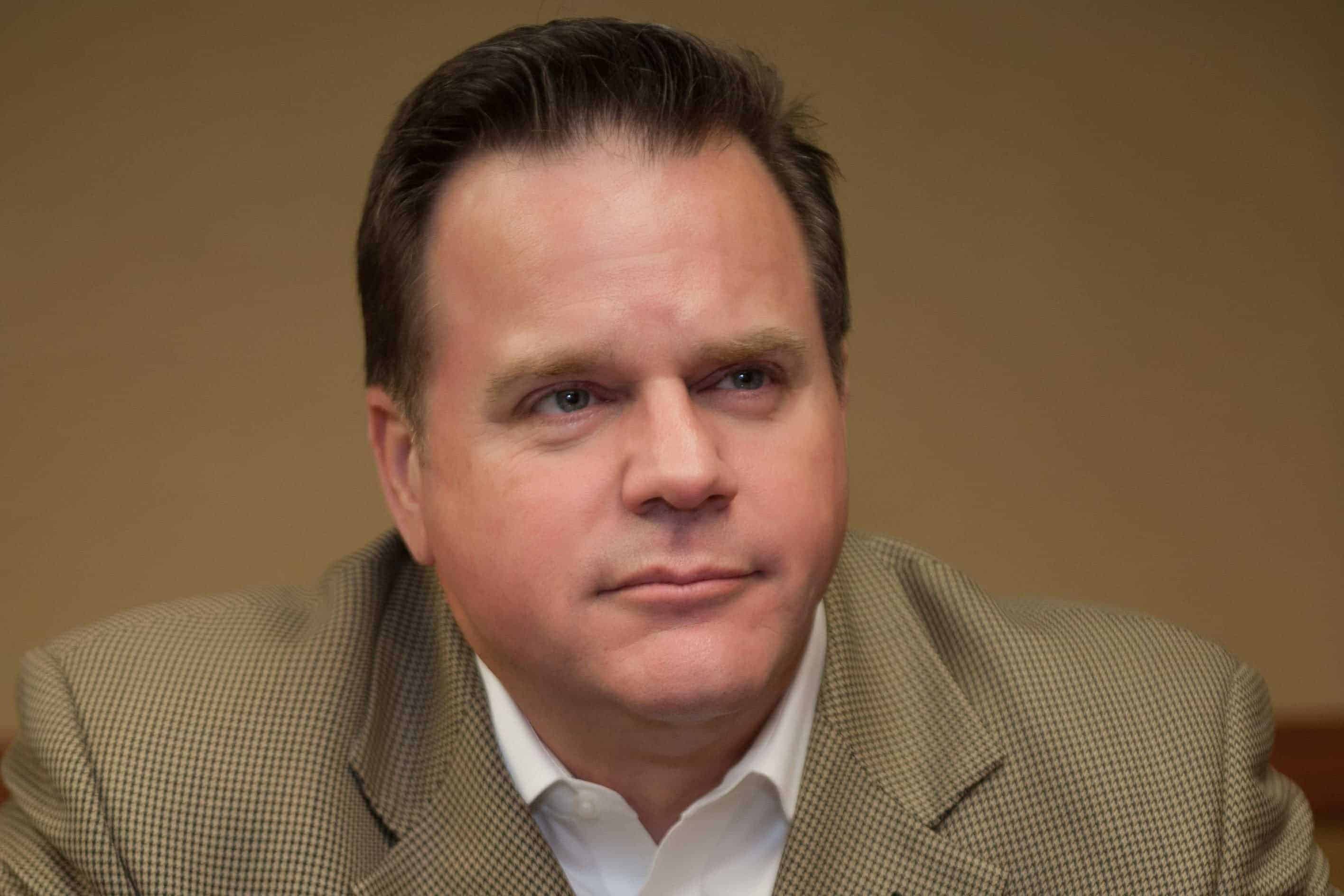Wouldn’t the world be a better place if you could predictably earn 8% returns on your portfolio every year and only invest in certificates of deposit? Of course! One problem with this thinking is that you wouldn’t live in the United States of America and the dollar would be worthless.
You face some type of risk every day of your life. While driving your car through town, you may experience an automobile accident. This is the risk of driving a vehicle. You think about staying home and raking leaves. A sudden gust of wind causes a tree limb to fall on your roof causing significant damage to your home. This is environmental risk.
We all seek the best outcomes but many of us do not wish to experience the associated risks involved in the process. The universe works within a risk/reward paradigm. When more risk is accepted, we expect a higher reward. By investing in certificates of deposit, you believe you are undertaking a risk-free investment. Alas, you may expose yourself to interest rate risk, inflation risk, default risk (highly improbable, but a risk nonetheless) and liquidity risk. That sounds like a great deal of risk for an FDIC-insured investment.
Diversify Your Portfolio
The best approach to life is to manage risk, not attempt to alleviate it. The first method of mitigating risk is to fully diversify your portfolio. Diversification does not remove the risk factors but may lower them to a more acceptable level by investing in many different types of investments that are noncorrelated. Simply put, don’t put all of your monetary eggs in one basket.
Inexperienced investors make mistakes that may cost them significant money and time.
Two emotions generally guide individuals in their investment approach – fear and greed. One of the best methods of taking advantage of the stock market, an auction market in which one entity is selling the shares and another is buying them, is the focus on the emotions of other investors in the market. The famous investor, Warren Buffett, is cited as originating a quote that is used as the premise to maximizing your opportunities in the stock market – “Be fearful when others are greedy. Be greedy when others are fearful.”
Understand the Investments You Are Buying
The second method of reducing risk in your portfolio is to understand the investments you are buying. Significant hype typically precedes Initial Public Offerings (IPO) as the underwriter is attempting to create a market for a stock. Without a historic picture of the company’s capabilities to generate a profit and pay a dividend, beyond its operations as a private company, the investor is buying based solely on prospective anticipated performance (i.e., hope). Many of the companies going public provide novel products and services not yet proven in the marketplace. For example, many IPOs will list for a price that reflects much higher value than the performance of the company may sustain. After the hype of the issue, realism sets in and the price may fall to a level that is a fraction of the issue price.
When to Rebalance Your Portfolio
Lastly, consider rebalancing your portfolio to its original target allocation when the variance is 5% – 10% above the intended percentage. For example, when your portfolio experiences growth in one asset class, the allocation for the original investments will change. Stocks have performed reasonably well in 2021 and bonds have provided lower yields. After the year has faded, you look at your portfolio and realize your 60/40 portfolio is now 75/25! Good news is that you have a larger portfolio value but inherently gained more risk. By rebalancing the portfolio consistently and timely, you will maintain better control of the risk in the portfolio.
Many investors may receive a benefit from seeking the assistance of a Certified Financial PlannerTM professional to analyze their portfolio. By implementing a few consistent steps in managing your retirement assets, you may increase your probabilities to achieve your ultimate goals.
See you on the jogging trail!








